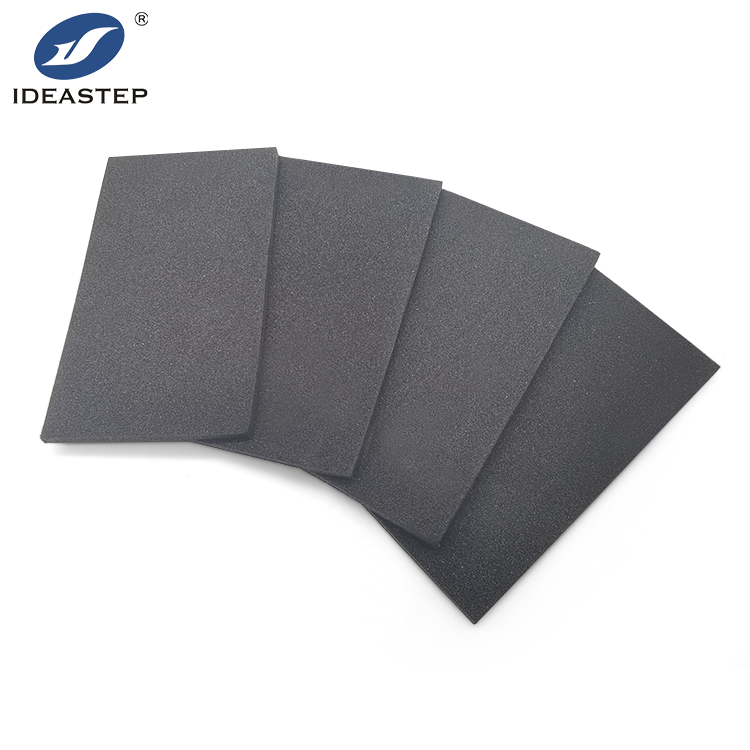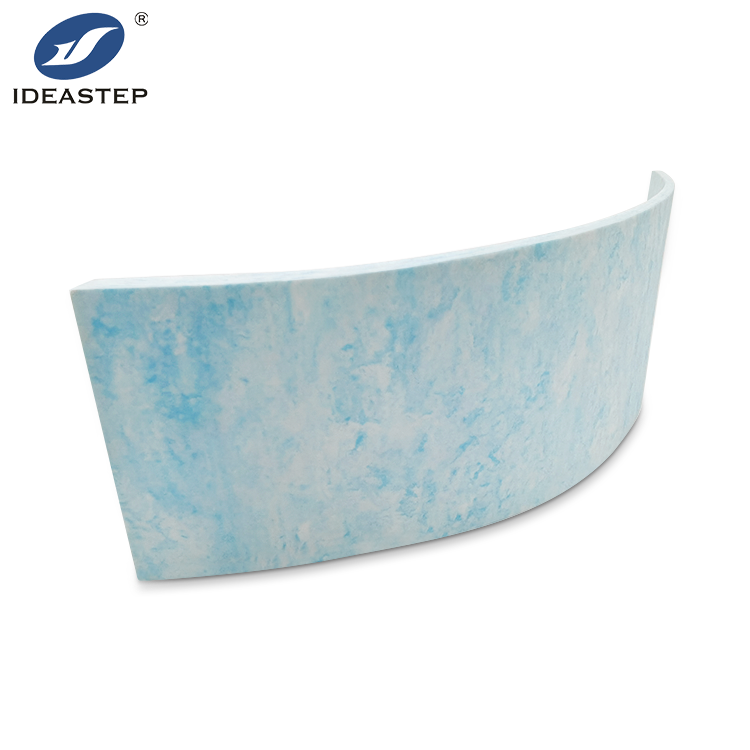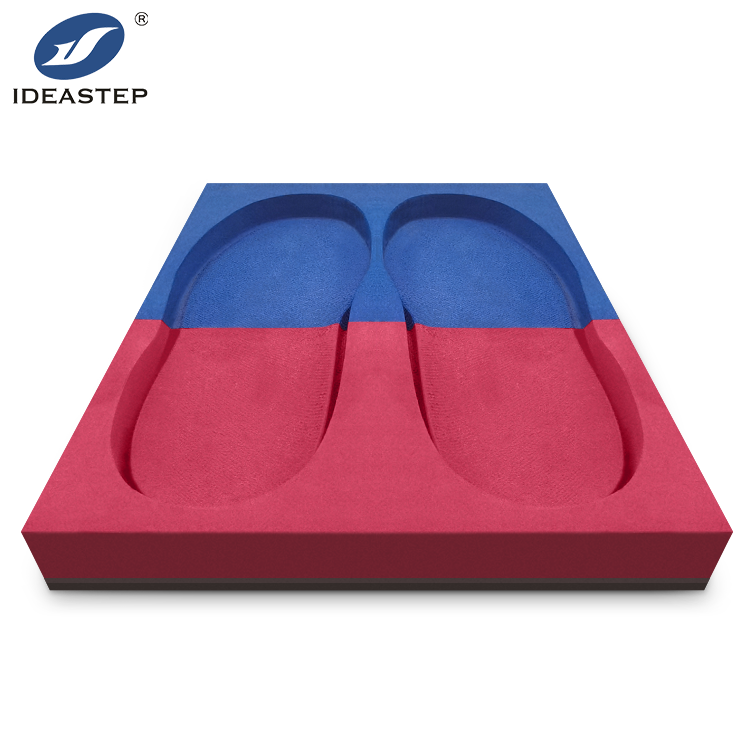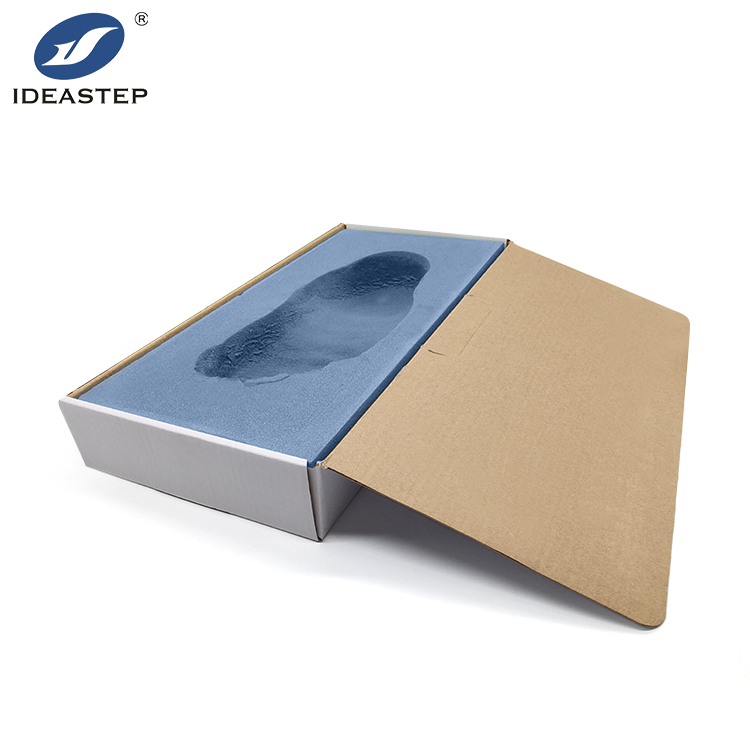EVA material plays a crucial role in supporting plantar fasciitis patients by providing effective cushioning, shock absorption, and pressure distribution. Its flexibility and durability make it an excellent choice for insoles designed to alleviate the pain and discomfort associated with this common foot condition.
Plantar fasciitis, a common cause of heel pain, can significantly impact a person’s daily life and overall comfort. One of the most effective ways to manage this condition is through the use of specialized insoles that provide adequate support and cushioning. EVA (ethylene-vinyl acetate) material has emerged as a prominent choice for these insoles due to its unique properties that offer substantial benefits for plantar fasciitis patients. This article explores the role of EVA material in providing support and relief for individuals suffering from plantar fasciitis.

1. Excellent Cushioning Properties
EVA material is renowned for its exceptional cushioning capabilities. Its cellular structure allows it to absorb and disperse shock effectively, which is particularly beneficial for plantar fasciitis patients who experience heel pain. The cushioning provided by EVA insoles helps to reduce the impact on the heel and arch, minimizing discomfort and providing a more comfortable walking experience. By mitigating the stress on the plantar fascia, EVA insoles can contribute to pain relief and overall foot comfort.
2. Superior Shock Absorption
Another key advantage of EVA material is its superior shock absorption. When walking or standing, the feet encounter various forces that can exacerbate plantar fasciitis symptoms. EVA insoles are designed to absorb these shocks and reduce the pressure exerted on the feet. The material’s ability to compress and then return to its original shape ensures that it effectively cushions each step, thereby alleviating the strain on the plantar fascia and providing enhanced support throughout the day.

3. Pressure Distribution
Even distribution of pressure across the foot is crucial for managing plantar fasciitis. EVA material excels in this regard by conforming to the shape of the foot and distributing pressure evenly. This feature helps to prevent the concentration of force on specific areas of the foot, which can lead to increased pain and discomfort. By evenly distributing pressure, EVA insoles help to relieve stress on the plantar fascia and promote a more balanced and comfortable gait.
4. Flexibility and Customization
EVA material’s flexibility makes it an ideal choice for customized insoles. The material can be easily molded and shaped to match the unique contours of an individual’s feet. This customization ensures that the insoles provide targeted support where it is needed most, addressing specific areas of pain and discomfort associated with plantar fasciitis. Additionally, the flexibility of EVA allows for adjustments and modifications to accommodate changing foot conditions or preferences.

5. Durability and Longevity
Durability is a crucial factor when selecting insoles for plantar fasciitis. EVA material is known for its resilience and long-lasting performance. The material retains its cushioning and shock-absorbing properties over time, making it a cost-effective choice for individuals who need ongoing support. High-quality EVA insoles can withstand daily wear and tear while continuing to provide effective relief for plantar fasciitis symptoms.
6. Lightweight Design
EVA insoles are also appreciated for their lightweight design. The material’s low density ensures that the insoles do not add unnecessary bulk or weight to the footwear. This lightweight nature contributes to a more comfortable and less restrictive experience, allowing patients to move freely without feeling encumbered. The lightweight design of EVA insoles makes them suitable for various types of shoes, including athletic footwear and casual shoes.

7. Moisture Resistance
Managing moisture is another important consideration for foot health. EVA material is moisture-resistant, which helps to keep the insoles dry and comfortable throughout the day. This resistance to moisture prevents the buildup of odor and reduces the risk of fungal infections, which can be particularly beneficial for individuals with plantar fasciitis who may be prone to foot issues.
Conclusion
EVA material plays a significant role in providing effective support and relief for plantar fasciitis patients. Its cushioning, shock absorption, pressure distribution, and flexibility make it an excellent choice for insoles designed to alleviate heel pain and improve overall foot comfort. By incorporating EVA insoles into their footwear, individuals suffering from plantar fasciitis can experience enhanced comfort, reduced pain, and improved mobility, ultimately leading to a better quality of life.
FAQ
1. How does EVA material help with plantar fasciitis?
EVA material helps with plantar fasciitis by providing cushioning, shock absorption, and even pressure distribution. These properties help to reduce heel pain and discomfort, offering better support for the foot.
2. Are EVA insoles customizable for individual needs?
Yes, EVA insoles can be customized to match the unique contours of an individual’s feet. This customization provides targeted support and addresses specific areas of pain associated with plantar fasciitis.
3. How long do EVA insoles last?
High-quality EVA insoles are durable and can retain their cushioning and shock-absorbing properties over time. They are designed to withstand daily wear and tear, making them a long-lasting solution for plantar fasciitis support.
